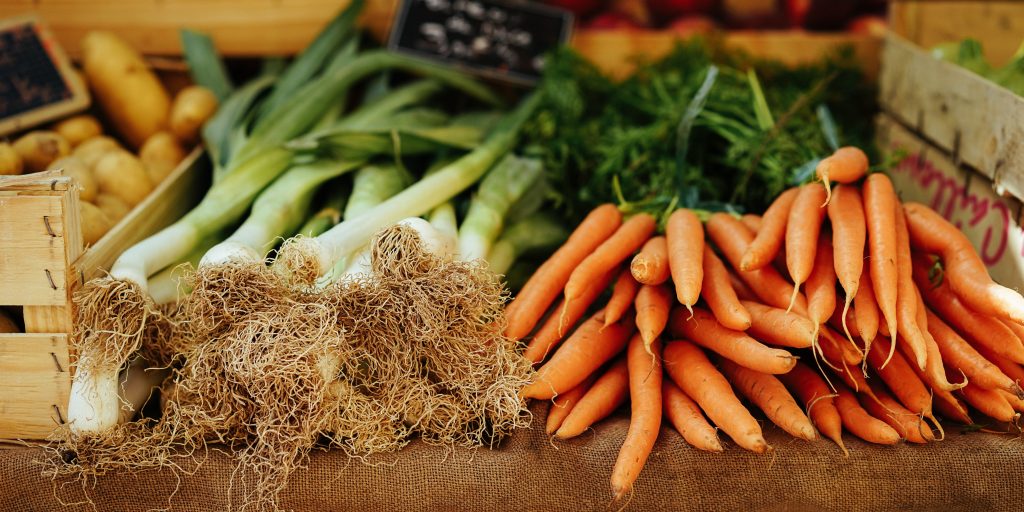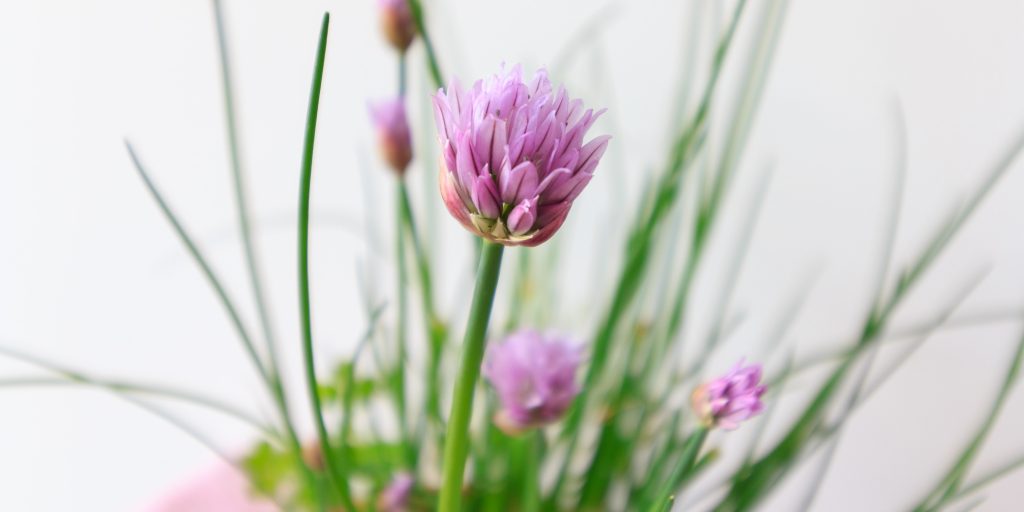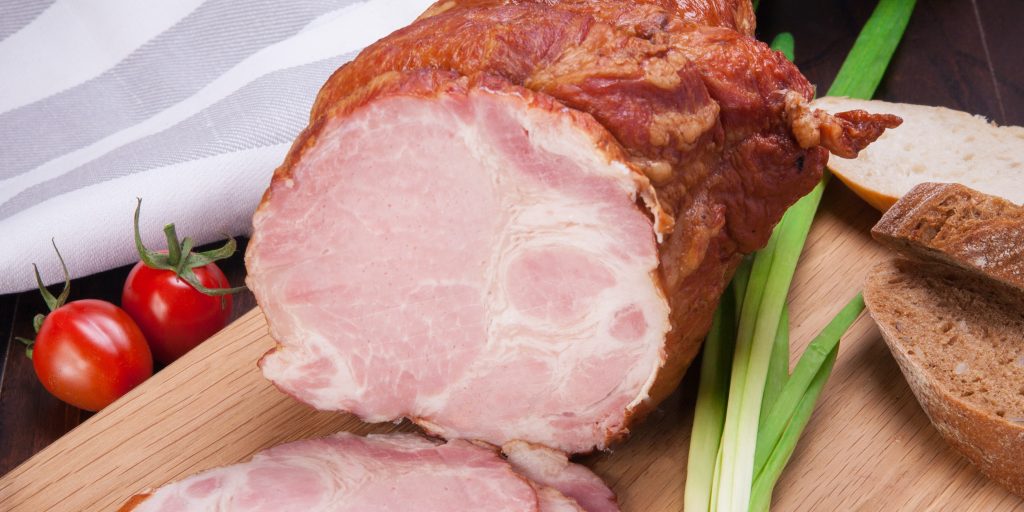
Composting is the ultimate recycler. Choosing to compost means your food and yard waste are turned into valuable fertilizer, saving money and the environment. Everyone should compost, even if they don’t have a garden.
There are many ways to compost, and choosing the right option for you is important so you maintain a system and don’t throw your waste in the landfill.
Why Should you Compost?
Having ways to compost at home is important for everyone. Whether you send scraps to someone else for composting, compost in your yard, or compost inside your home, everyone needs to be more aware of the impact their waste has on the environment.
Many know the benefits of compost in the garden, but may not realize that composting has other benefits as well. When you recycle your food and yard waste, you help the environment even if you don’t garden.
The EPA says that your food and yard waste makes up more than 30% of all that we throw away. That 30% of your trash can be composted rather than sent to the landfill.
When organic wastes are sent to decompose in a landfill, they are subject to anaerobic (no oxygen) decomposition instead of aerobic (oxygenated) decomposition. That means they break down slower, smell much worse, and release methane to the atmosphere.
Currently, food scraps are the largest landfilled waste in the US, at over 24% of all waste sent to the landfills in 2018. That means 35 million tons (24.14% of 146.1 million tons) of home food waste is sent to the landfill.
Yard waste is better. Nationally, over 22 million tons of waste is composted, while 10.5 million tons of yard waste is landfilled.
Besides the environmental benefits, composting is amazing for growing food. When you add compost to your soil, you need less fertilizer, and you improve your soil.
Both agricultural land and home gardens suffer from nutrient loss in soil, and both can benefit from compost. When your house was built, likely the fertile topsoil was removed and replaced with fill. Adding compost to that soil will help you rebuild fertility in your garden.
As soil improves with the addition of compost, it retains water much better (good news for my sandy soil!), and you need less fertilizer. The food you grow will be higher in nutrients.
In addition, compost is more like probiotics than vitamin pills. You need to add good bacteria to your soil to make it healthy, not just nutrients. Soil that has a lot of good bacteria and fungi is alive, and grows superior plants.
Over time, you will see more fruits and vegetables from your garden when you add compost. You can buy it, or you can make it. Guess which is cheaper?
Since people on average waste 25% of the food they buy (wasting $1,350 to $2,275 a year), composting it and using it on your plants is better for your wallet as well.
Finally, when you compost at home, you can save the equivalent of greenhouse gas emissions that you would generate in using your washing machine for three months. Recycle your waste at home!
Ways to Compost
While composting can be as simple as setting up a bin outside and letting your wastes cold compost for a year, that’s not always the best option. Apartment dwellers, renters, as well as those with space and time have lots of ways to compost their food and yard waste.
If you don’t garden, but want to compost scraps, you may want to look into a composting service or find a local school or community garden that would like to compost for you. You may have a friend that composts or has chickens.
Though ideally you would compost at home and use that resource for yourself, the important thing is to make sure your food waste isn’t being wasted and causing problems at the landfill. If you can’t compost, find somewhere that can use your leftovers.
Though we don’t have curbside composting offered locally in Maryland, you may be able to find a service like Compost Crew or drop your food and yard wastes off at the landfill. Look for information about composting from Maryland and local businesses that compost.
Some will find it easier to pay for a service or make a trek to the landfill or a food waste drop off site. Yet composting at home, even in a small space, is easy to do!
For those of us who prefer ways to compost indoors, you can choose to do vermicomposting (with worms), compost in a small container naturally, or set up a bokashi bucket.
Vermicomposting uses red wiggler worms to eat your food scraps and produce worm castings (which is a fancy word for worm poop) that are great for gardening.
There are many resources online to help you start your own worm farm. The EPA has a thorough page that shows you one way to start. Some plastic containers, some red wiggler worms, some dirt and paper scraps, and you are ready to go.
Drawbacks to worm composting are that the worms should only eat vegetable material, as meat or fats get stinky and attract pests. The worms also only eat once a week, so you will want to collect your scraps in the fridge to keep them from getting smelly.
If worms aren’t your thing, you can still create a compost pile inside. Use a plastic container like a trashcan, make sure you add material like shredded leaves or paper, and turn your pile often to aerate it. Use only vegetable and fruit scraps, as with the worms, to avoid a smelly mess.
For ways to compost meat indoors, a bokashi bucket might be the way to go. Bokashi is a fermentation process, not composting. Bokashi pickles the scraps. After you use a bokashi bucket, you’ll still need to compost the remains in an aerobic compost pile (or worm bin) to finish it off, as it is too acidic to use on plants.
Bokashi ferments scraps using inoculants that are less smelly than regular anaerobic bacteria. Placing fruit and vegetable scraps, meat, dairy and bone scraps, and minimal fats in the bucket with inoculated bran and keeping the bucket closed will result in pickled scraps in two weeks.
Using bokashi and a worm farm together in your home can take care of all your food scraps except excess fats. Set up a system that works for you to create a routine so you can stop trashing your food waste.
If you have a yard, there are more options available for composting outdoors. A cold compost bin can compost food and yard waste slowly but effectively with minimal work. Hot composting requires more care to how the pile is built and requires aeration via turning it or adding other methods of aeration.
You can also use animals to compost your scraps. Chickens will happily eat much of the food waste you generate, producing nitrogen rich manure for your garden. If you know a local farmer, they might want scraps for pigs as well.
A cold compost pile is the easiest option for many of us that have a yard. It can be a good way to start composting. Hot composting means having enough material to set up a pile and following a loose ratio of wet, or green materials, and dry, or brown materials.
A hot compost pile is made up of layers of brown and green materials, three cubic feet of them. There are different ratios online, probably depending on the environmental conditions of the person recommending it. Test out what ratio works best for you.
I’ve seen as much as 25:1 of brown to green recommended, as well as 1:1. Depending on your temperature outside or perhaps the types of brown and green scraps you use, you’ll want to figure out what is best. Start with 4:1 brown to green and work from there!
Too much nitrogen (greens) will make it smelly and slow it down, so have brown carbon materials ready to add if needed. Keep the pile moist like a sponge. Too much or too little water will stop the process or make it slimy.
A properly layered hot compost pile will begin to decompose and heat up quickly. As it degrades and temperatures begin to cool, you need to turn it to introduce more oxygen to the bacteria. Different types of bacteria exist in a pile depending on the temperature.
As your pile becomes compost, it will cool down and look like compost. This can happen in a month or so if properly built and taken care of, with compost reaching 140 to 160 degrees F.
If you have trouble finding enough material for a hot compost pile, try making one in fall. Collect leaves from your neighbors and use them to mix with green materials later on.
Though hot composting takes more care and effort, it means high quality compost is available in a shorter time. In addition, the heat generate will kill weed seeds and most pathogens, while cold composting will not.
If you don’t want to turn your pile, you may want to construct it on branches or a raised wooden platform. Having air vents on the side and some 4″ perforated plastic pipes in the pile may offer enough oxygen to get the job done quicker without having to turn the pile.
When looking for the best ways to compost, keep in mind that you may have some restrictions as to what you are allowed to do. For example, Baltimore County forbids food scraps in outdoor composting.
If your community won’t allow food scrap composting outside, look into worms, indoor bins, and bokashi.
What to Compost
Composting is best for fruit and vegetable scraps, as well as carbs like bread and rice. Animal products like meat, bones, and fats will make compost piles smell and attract pests. Use bokashi or a large hot pile if you want to try composting animal scraps.
All plant scraps, including coffee grounds, paper, and natural fabrics can be composted. Animal fibers like wool and fur can also be composted. Eggshells will add calcium to your compost. Straw, sawdust, natural tea bags, nut shells, all can be added.
A traditional compost pile can accept all of the above. Yet with worms, you may want to avoid citrus peels, onions, and garlic. Smaller pieces may be easier for worms as well.
In general, don’t add diseased plants, pressure treated wood, animal poop, dairy, black walnut trimmings, or anything treated with pesticides to your compost. Don’t kill your bacteria, or create compost that will kill your plants later.
To best compost your meat, bone, and dairy scraps, set up a bokashi bucket and then finish off the ferment in your compost pile or in your worm bin. Use those scraps to make a scrap broth first!
If you cold compost, and don’t want a lot of weed seeds in your finished compost, you can put weeds in bags to cook first. Place weeds in black trash bags, and leave them in a sunny spot for a month to dry them out, then add to the pile without worrying about seeds.
Plant material decomposes faster when it is in smaller pieces. Chop it up if you don’t want to wait. Keep the pile moist but not soggy. A tarp can help keep moisture in or rain out, depending on your weather conditions.
Keep food waste buried in the pile to keep pests away. You can try placing animal scraps in the pile but even if buried deeply, animals may find them.
Since the bacteria that break down animal products are anaerobic, they take longer to break down and are smellier. Bokashi buckets can be used to anerobically break down your excess animal products without smell and pests.
What to do with Compost
If you are a gardener, you already know what to do with compost. If you are not, then I encourage you to grow some plants! There are also ways to use compost without growing your own garden.
Houseplants enjoy some compost. You can apply an inch of compost to your houseplants once or twice a year to keep them healthy.
Other people love compost. Look into community gardens, school gardens, or Craigslist to find people who want your compost. If you have a gardener friend, give your compost to them.
Try some guerilla composting. Give your compost back to the trees and plants that live near you. They benefit and so does the environment.
Composting is great for more than just gardens. Saving material from the landfill, reducing the gases that come from decomposition, and taking responsibility for your own waste is a great idea.
I encourage you to create a composting system to take responsibility for your own waste. It is too easy to make it go away in the trash, and that causes people to become complacent and stop realizing how they contribute to environmental problems.
Accepting responsibility for your own waste will help you learn how much you waste and hopefully encourage you to reduce it. At least composting excess food will make a positive out of a negative!





